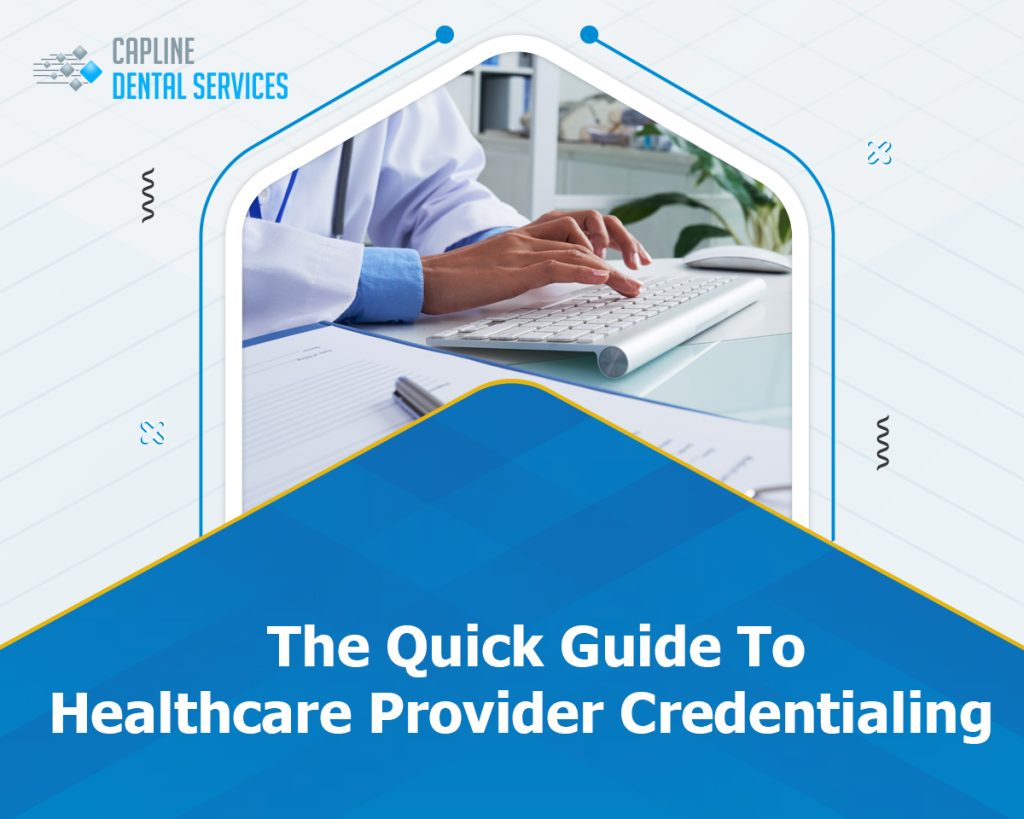
The Quick Guide To Healthcare Provider Credentialing
Provider credentialing is an integrated step to ensure that patients get excellent care. The dental office follows regulatory compliance and receives reimbursement for the rendered service.
Dentists and the other providers involved with a dental office have to verify their training, education, and skills before taking care of patients. It sounds simple but requires significant work.
What is Healthcare Provider Credentialing?
It is a process where the provider's credentials get verified. This process ensures that the licenses, certifications, and skills are correct. They get verified by contacting organizations, licensing boards, medical schools, etc.
The credentialing process is also known as physician credentialing, medical credentialing, or doctor credentialing. The credentialing organization ensures that providers give safe and effective treatment to the patient, adherence, and maintain a healthy revenue cycle. In addition, credentialing ensures providers do not have any past reported issues or malpractice history.
There is a difference between credentialing and privileging. Credentialing checks the provider's education, license, etc., to do the job. However, privileging is when the hospital authorizes the provider to perform some procedures based on their medical background and skills.
How Does Credentialing Work?
The credentialing process mainly includes three steps- gathering the information, verifying the details, and awarding the provider with credentials.
Gathering the Information
Verifying the Details
Awarding the Provider with Credentials
How long does the Credentialing Process take?
The verification process is lengthy and takes between 60-90 days. Under efficient circumstances, it takes not less than 30 days. And with rare scenarios, it can take up to six months or more, especially with insurance companies.
Completing the CAQH application
The Council for Affordable Quality Healthcare (CAQH) is vital for provider credentialing. ProView, the online product of CAQH, gathers information from providers. Several major insurance plans use that typical information as they credential providers to the insurance company they want to enroll with.
CAQH encourages providers to complete the application online instead of applying on paper. In the era of technology, completing the form through paper delays CAQH inputting those details into the online system, which means it takes longer for credentialing.
The resume dates are accurate and complete and do not show any discrepancies. Otherwise, CAQH will suspend the processing application that requires more work. CAQH will ask for scanned copies as a part of the process.
Provider's profile details need re-attesting every four months to ensure it is accurate and updated. If the provider fails to re-attest, the insurance companies cannot see the provider's profile.
This lengthy process has a significant financial impact on hospitals and providers. To expedite the process- early starting is a good way, and renew them before they expire. The provider cannot see patients and receive reimbursement from the insurance until they receive the credentials approval.